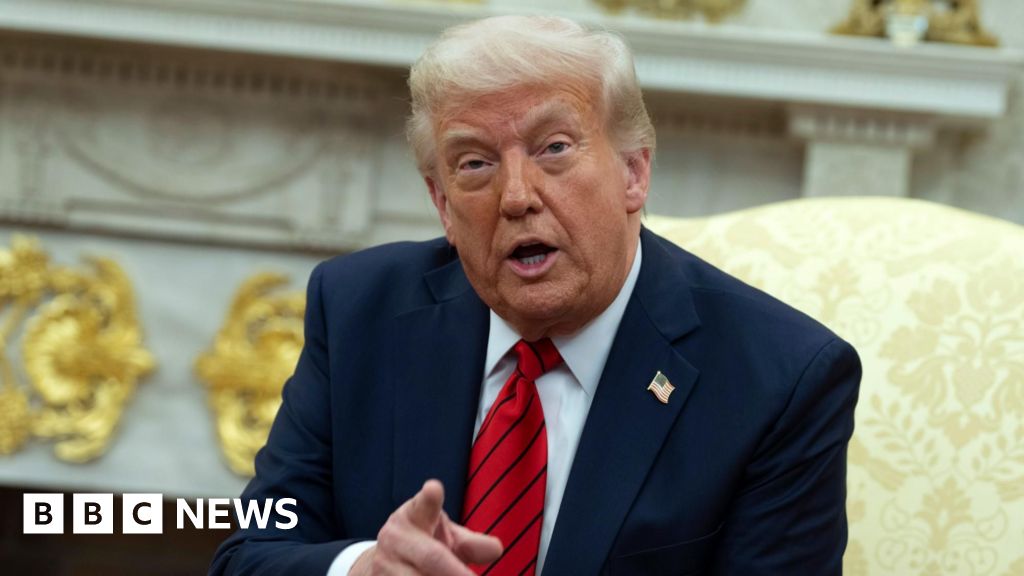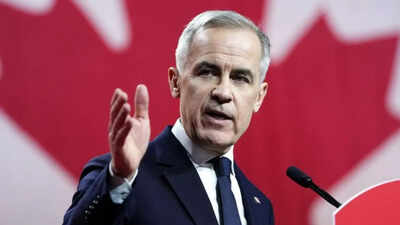The Egg Price Saga: A Reflection on Inflation and Political Discourse

The nations recent obsession with egg prices serves as a fascinating window into the broader issue of inflation and consumer sentiment in America. As the average cost of eggs skyrocketed, it became emblematic of what many Americans considered a dire economic crisis. However, there are indications that this tumultuous chapter may soon be coming to a close, although the implications of rising costs are far from over.
Currently, consumers are still facing inflated prices for eggs at grocery stores, which remain elevated, but trends suggest relief is on the horizon. As tracked by the U.S. Department of Agriculture (USDA), the average wholesale price for a dozen standard eggs has significantly decreased from a staggering $8 in early March to approximately $3 in the latest figures. This price drop is largely attributed to a decline in the number of chickens affected by the avian flu, which had previously driven prices to unprecedented heights. According to experts in egg economics or, as some might jokingly call them, 'egg-conomists' consumers should expect retail prices to follow suit and start dropping within a few weeks.
As egg prices stabilize, it raises the question: what will become the new focal point for inflation concerns among politicians, the media, and the public? With a 10 percent base tariff imposed on numerous imported goods and even steeper duties aimed at imports from the U.S.'s three primary trading partners, it is likely that other consumer goods will soon become the subject of scrutiny and concern. Items such as automobiles and smartphones relying on Canadian and Chinese supply chains could see significant price increases, as could everyday grocery staples like avocados, strawberries, and the popular beer brand Modelo sourced from Mexico. Furthermore, many generic prescription medications are manufactured overseas, making pharmaceutical costs another critical issue that impacts daily life.
The period during which eggs were branded the ultimate symbol of skyrocketing consumer prices was notable and laden with political ramifications. The price of eggs increased by nearly 20 percent throughout 2021, and the bird flu outbreak caused prices to more than double in 2022. This timing coincided perfectly with the Republican Party's midterm electoral strategy, which sought to pin the blame for rising living costs on Democrats, particularly targeting President Bidens COVID stimulus measures as the root cause of what they termed Bidenflation. While the fairness of this accusation is debatable, it is essential to recognize that inflation stemmed from a multitude of factors.
As the political arena became increasingly polarized, the price of eggs emerged as a touchstone topic. According to data from the Nexis database, discussions surrounding eggs were featured in approximately 400 segments aired by Fox News alone. During a debate in June 2024, President Biden surprisingly brought up egg costs before former President Trump did, highlighting its prominence in voters' minds. In another debate featuring Trump and Vice President Kamala Harris, Trump made remarks suggesting that everyday staples like eggs and bacon had become prohibitively expensive. He claimed he would reduce grocery prices through policies that included imposing tariffs, contrasting this approach with Harris alleged inclination towards what he described as communist price controls.
In September, while visiting a grocery store in Reading, Pennsylvania, Republican candidate J.D. Vance attempted to relate to voters with a peculiar anecdote about his two young sons consuming a remarkable 14 eggs each morning. Democrats, feeling the pressure, tried to pivot the narrative toward corporate greed, suggesting that excessive profit margins were to blame for soaring egg prices. Despite their attempts, the message did not resonate strongly enough to shift the political landscape. When Vice President Harris lost her election bid, many analysts concluded that rising inflation epitomized by egg prices was a significant factor in the outcome of the elections.
The perception among voters that they were experiencing unprecedented price surges was palpable, given that the last four decades had largely been free of such economic volatility. The notion of a $10 carton of eggs felt like a surreal scenario, more reminiscent of economic crises faced by other countries. With Biden's election, many Americans had anticipated a return to stability, but his perceived inability to mitigate disruptions to fundamental routines only fueled frustrations among constituents.
Emily Contois, a food culture expert from the University of Tulsa, noted the broader implications of rising egg prices on American identity and social rituals. Its striking how press coverage often focused on the struggles of small, locally owned diners that were beloved for their affordable breakfast offerings, Contois remarked. Diners have a significant role in American culture, offering a sense of working-class authenticity on the campaign trail. The rising cost of eggs was not merely an economic issue; it was altering the very food experiences and rituals that forge a connection to national identity.
Contois also drew parallels between the significance of meat in American diets and Trump's efforts during his presidency to ensure meat supplies remained stable amid the pandemic. Meat, for many, is synonymous with eating well, she explained, emphasizing the essential nature of food security during times of crisis.
The political narrative surrounding eggs did not end with the elections. Even as Trump returned to office, egg prices remained contentious. Although the avian flu was the primary culprit behind high prices, political retribution has a way of making the issue personal. In February, a mishap occurred within Elon Musks newly formed Department of Government Efficiency, which inadvertently led to the dismissal of essential staff members within the USDA's avian flu team, only for them to be reinstated shortly thereafter. Nevertheless, the USDA did announce a billion-dollar initiative aimed at combating the avian flu crisis in February.
For the Democratic Party, focusing on egg prices conveniently diverted attention from deeper systemic issues facing the party, including how to engage swing voters or address Trump and Musks controversial political maneuvers. In choosing between promoting a press release on the rising cost of eggs or facing their unpopularity among both traditional working-class supporters and a newer white-collar demographic, many Democrats found it an easier decision to stick to the egg narrative.
As the cycle of rising and falling prices continues, it is likely that the trend will closely mirror the journey of egg prices. The opposition party will seize the opportunity to craft a narrative around incompetence in governance, resonating with even those who primarily consume news through social media platforms like TikTok. On the flip side, the ruling party will attempt to shift the conversation away from their struggles, often without success. If Democrats can maintain their resolve and demonstrate enough tenacity, they may find themselves back in power, only to face the blame when prices for goods such as Modelo beer, Advil, and even a Ford Mustang remain stubbornly high. The cycle of political blame and consumer frustration continues, much like a chick emerging from its egg shell, perpetually hatching into a new round of political discourse.





























